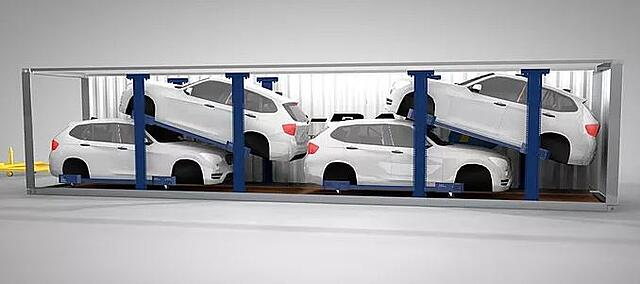If each square is 1.5m, 6 of them makes the horizontal cross section only 6.75m. Even allowing for a 3m deck height that should be less than 2 DTons. You need a heck of a lot of packaging to bring that up to 4 DTons and having to have a 5 DTon docking space is excessive.
As the MGT2 air raft is an 8 space design (both from it's shipping volume and its components). It must be larger than it looks. A passenger takes up a space and this is considered 1/2 DTon for shipping purposes. There no way a passenger seat takes up 7 cubic metres. 2-3 cubic metres would be more reasonable.
So either shipping volume adds a mahoosive margin for... well I am not sure what exactly, but stacking that with a 1DTon minimum for access in a docking space seems far too much.
or the picture of the aircar should be more like a g-carrier.
As for a g-bike taking up 21 cubic metres...
S'madness I tell ye.
As the MGT2 air raft is an 8 space design (both from it's shipping volume and its components). It must be larger than it looks. A passenger takes up a space and this is considered 1/2 DTon for shipping purposes. There no way a passenger seat takes up 7 cubic metres. 2-3 cubic metres would be more reasonable.
So either shipping volume adds a mahoosive margin for... well I am not sure what exactly, but stacking that with a 1DTon minimum for access in a docking space seems far too much.
or the picture of the aircar should be more like a g-carrier.
As for a g-bike taking up 21 cubic metres...
S'madness I tell ye.

